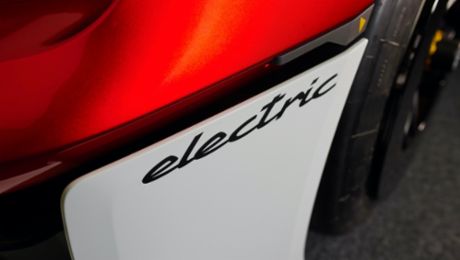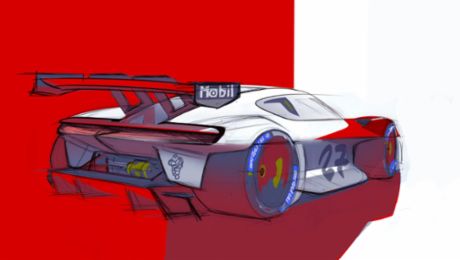Many of the Mission R's add-on parts are made of natural fiber reinforced plastic (NFRP), the basis of which is a material made from agriculturally produced flax fibers. Producing this renewable fiber creates 85 percent less CO2 than is the case with carbon fiber. The natural fiber material can be seen on the car’s exterior, such as the front splitter, the side skirts and the diffuser.
The electric racing car also has a new roll-over protection concept: instead of a conventional steel cell welded to the bodyshell, in this case a cage structure made of carbon fiber reinforced plastic (CFRP) protects the driver. The carbon cage is integrated directly into the roof and is visible from the outside via transparent segments. This enables those racing the car to enjoy a new feeling of generous space.
Sustainable natural fiber-reinforced plastic
On the exterior, the Mission R's doors, front and rear wings, sills/side panels and rear center section are made of NFRP. The sustainable materials are based on agriculturally produced flax fibers – without interfering with the cultivation of food crops. The natural fibers are roughly as light as carbon fibers and deliver the stiffness required for semi-structural components with a low additional weight of less than 10 percent. Compared with conventional plastics, natural fibers have an ecological benefit: 85 percent less CO2 is generated in their production than in the comparable process used for carbon fibers.
A collaboration between Porsche, the Federal Ministry of Food and Agriculture (BMEL), the Fraunhofer WKI and Swiss-based Bcomp began back in 2016, with the aim of making biofiber composite material suitable for automotive use. At the beginning of 2019, the Porsche 718 Cayman GT4 Clubsport was the first series-produced racing car to feature biofiber composite body panels.
Innovative cage structure made of carbon fiber composite material
The ‘exoskeleton’ is the name Porsche’s engineers and designers have given to the eye-catching carbon cage of the Mission R. The carbon fiber composite cage structure combines high protection potential for the driver with low weight and a distinctive look.
The protective structure forms the roof section and is visible from the outside. Like a half-timbered construction, it provides a framework around six transparent segments made of polycarbonate. This enables those racing the car to enjoy a new feeling of generous space. There are also some transparent surfaces, including a removable escape hatch for the driver, which is based on the FIA requirements for racing vehicles used in international competition. The roof solution with the exoskeleton is a modern interpretation of the Porsche Targa, in which the solid roll bar is also combined with a removable roof section.
Aerodynamics designed for maximum downforce
With its advanced Porsche Active Aerodynamics (PAA), the Mission R can adapt its aerodynamic characteristics optimally to what the driver is doing on the race track. Its DRS (Drag Reduction System) comprises three louvres in the air intakes on each side of the nose section as well as an adjustable, two-section spoiler. For maximum downforce, the louvres are closed and the spoiler is deployed to its steepest position. To deflect as much air as possible in a race, the wheel arches are vented via openings at the top of each front panel. Furthermore, the front wheels are almost completely free in the rear area.
Magnesium wheels with aeroblades and tires
The Mission R rolls on 18-inch magnesium Cup center lock wheels. With smooth-surfaced carbon aeroblades, the alloy wheels are also flow-optimized. Their five twin spokes are also milled, which saves weight.
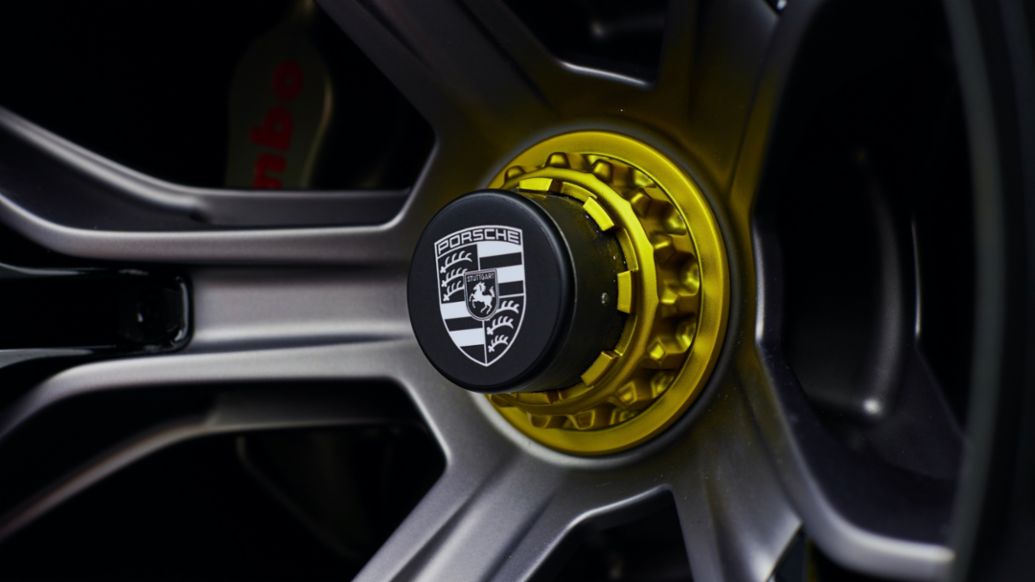
Michelin, long-standing tire partner of Porsche, has developed new slicks exclusively for the Mission R with a 30/68 (front) and 31/71 (rear) tire format. They consist of bio-based and renewable materials, which means they are a key component with regard to the overall sustainable concept of the Mission R. The tires also have a high resistance to wear and are protected against damage caused by deposits on the race track. The collaboration with Michelin also included networking with the vehicle: the tires can be fitted with sensors that communicate with the on-board electronics during a race in real time and provide the driver with information relating to tire wear. Based on this data, a time for the next pit stop will be suggested to the driver.
Michelin produces its tires entirely from renewable raw materials. In line with the French company's holistic sustainability strategy, all Michelin tires are manufactured in carbon-neutral plants and transported using a CO2-optimised logistics chain. At the end of their life cycle, the used tires are recycled into new ones.
Brake-by-wire braking and power steering
With a double wishbone axle at the front and McPherson struts at the rear, the Mission R has independent suspension all round. Ball joints on all control arms ensure the chassis is connected to the suspension system with no play. Steel subframes also contribute to high-performance driving dynamics.
In the brake-by-wire braking system, a control unit models the interaction between the hydraulic and electric brakes, which is known as brake blending. Due to the high recuperation output of up to 800 kW, the conventional brakes are subjected to a significantly lower load and could thereby be reduced in size. The diameter of the brake discs is now 380 and 355 mm at the front and rear, respectively. Six-piston callipers are fitted at the front, four-piston at the rear. The car is started with a battery status of 85 per cent (SoC). Recuperation is possible therefore in almost every driving situation. This means that, depending on the race track, more than 50 percent of the energy can be recovered and is available for use.
The steering is also electrified. With Electric Power Steering (EPS), a torque sensor receives the driver's intended directional change as a signal. On this basis, the control unit calculates the optimum steering assistance required. This information is passed on to an electric motor, which then provides the amount of power needed to complete the change in direction. The integrated air jack system facilitates quick tire changes or repairs. The compressed air connections are located in the C-pillars.
.jpeg/jcr:content/MicrosoftTeams-image%20(3).jpeg)
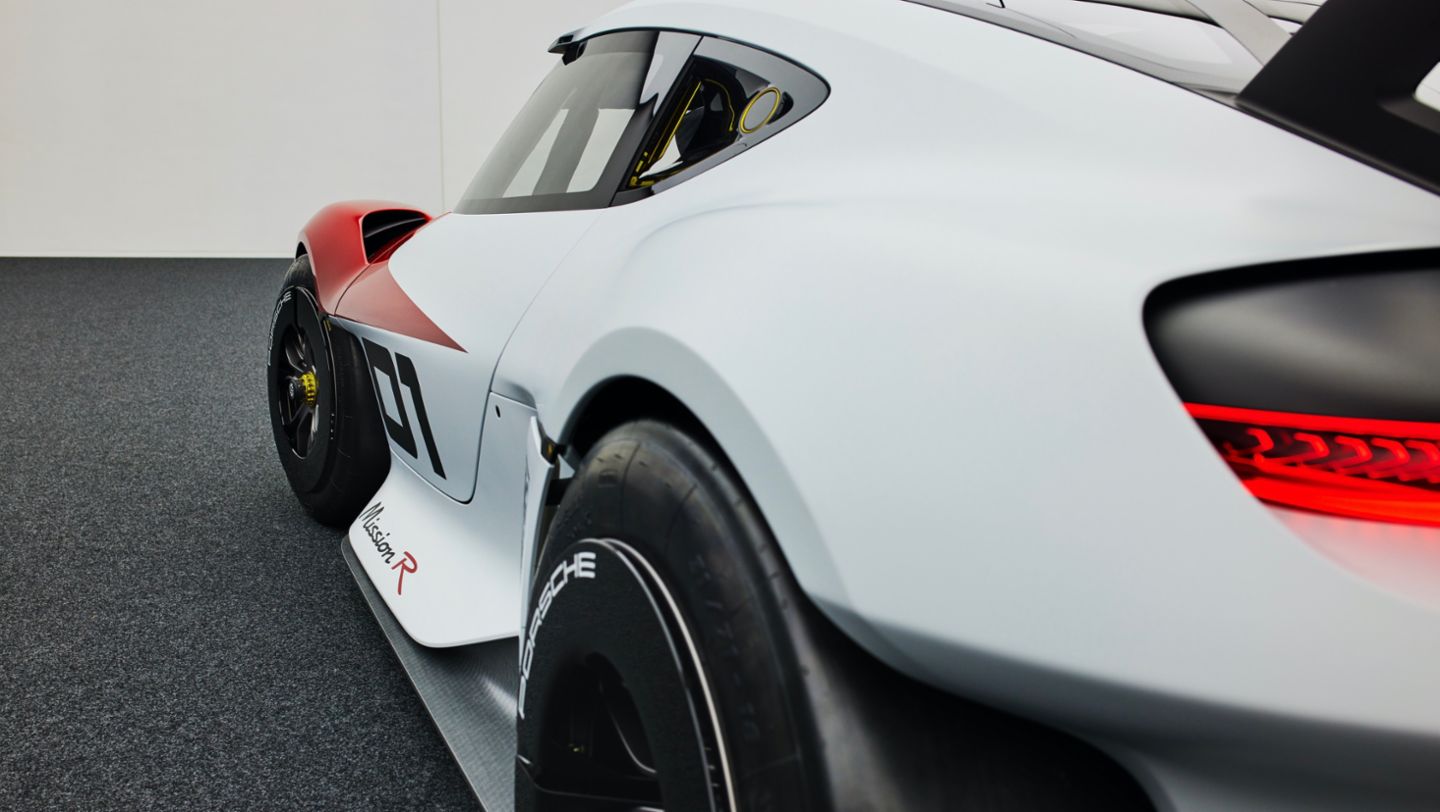
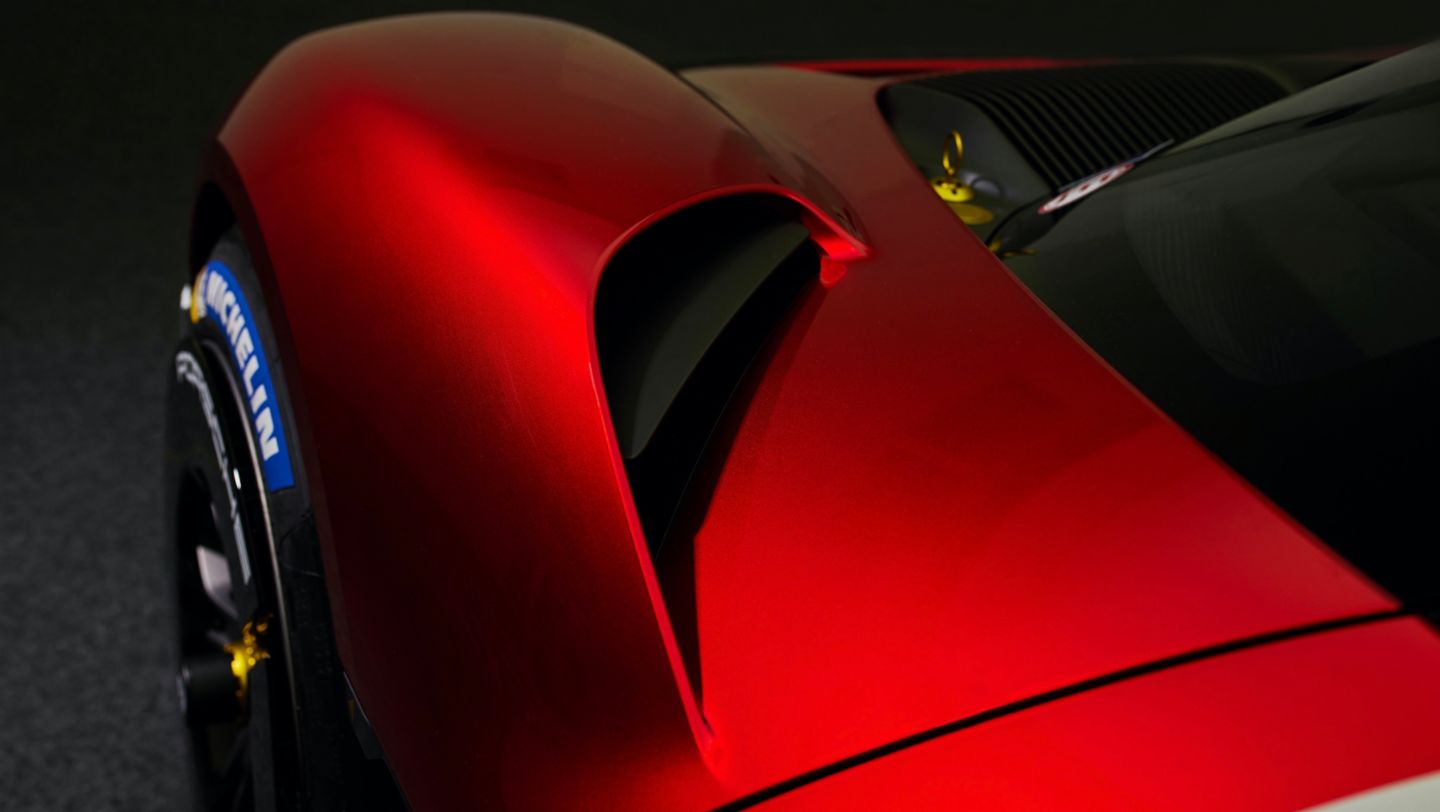
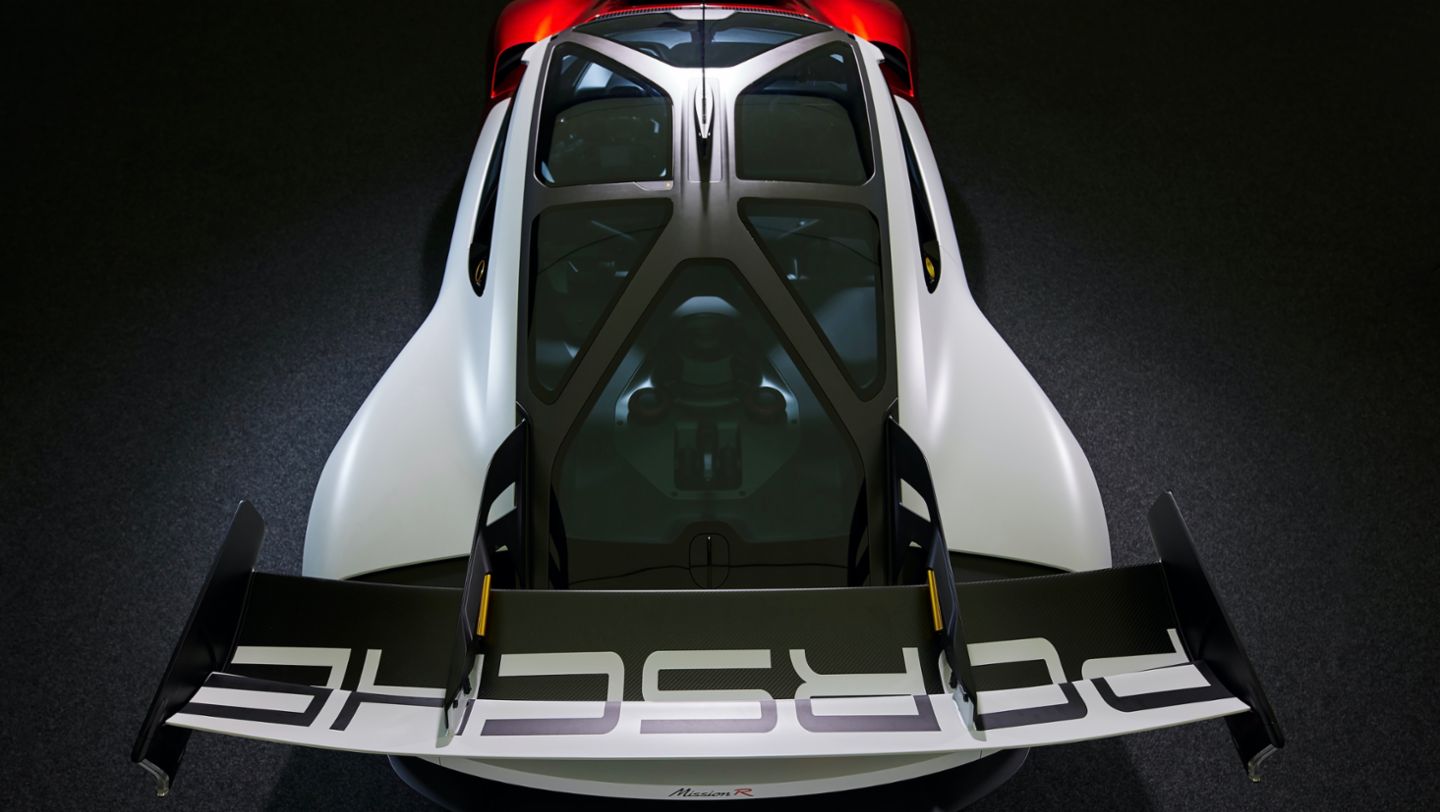
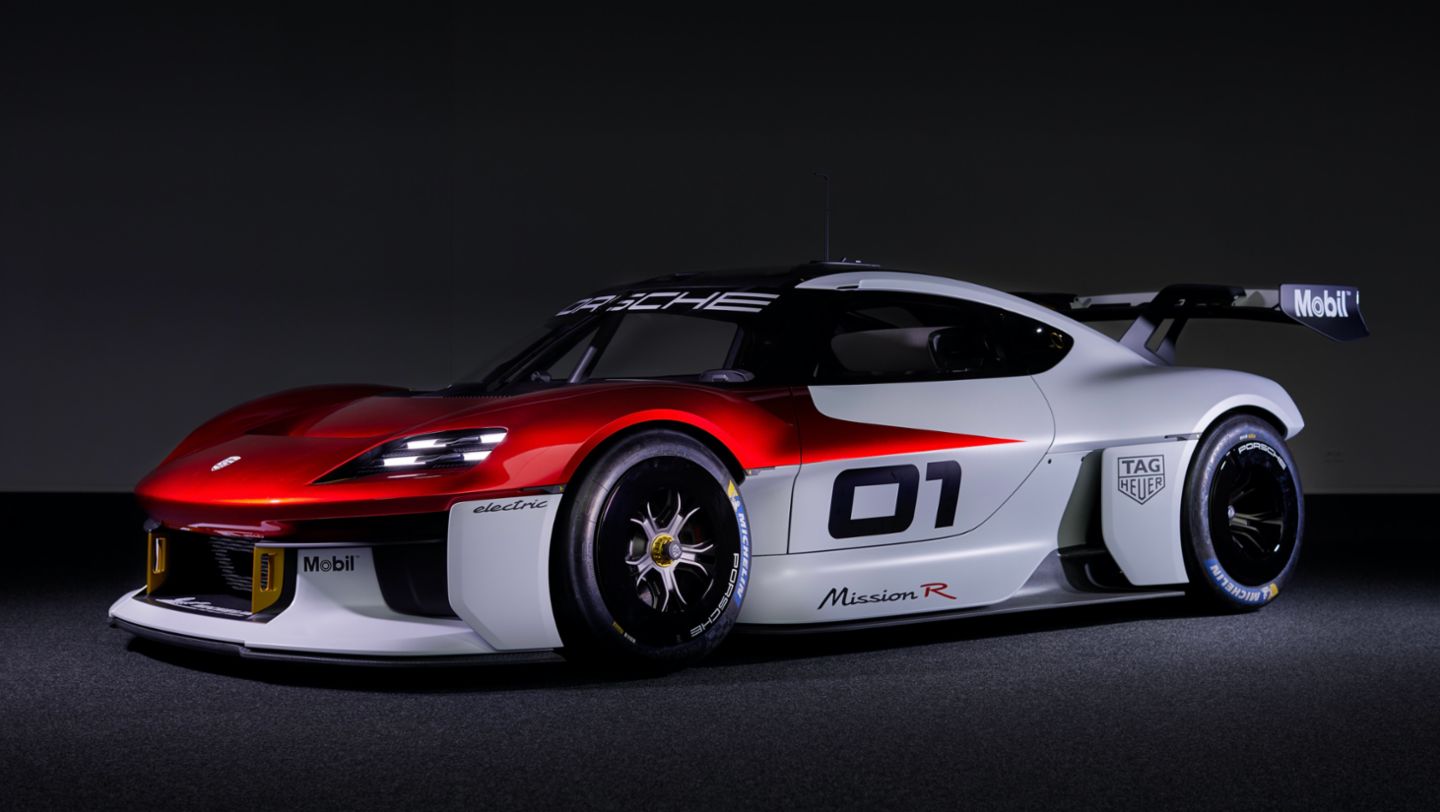
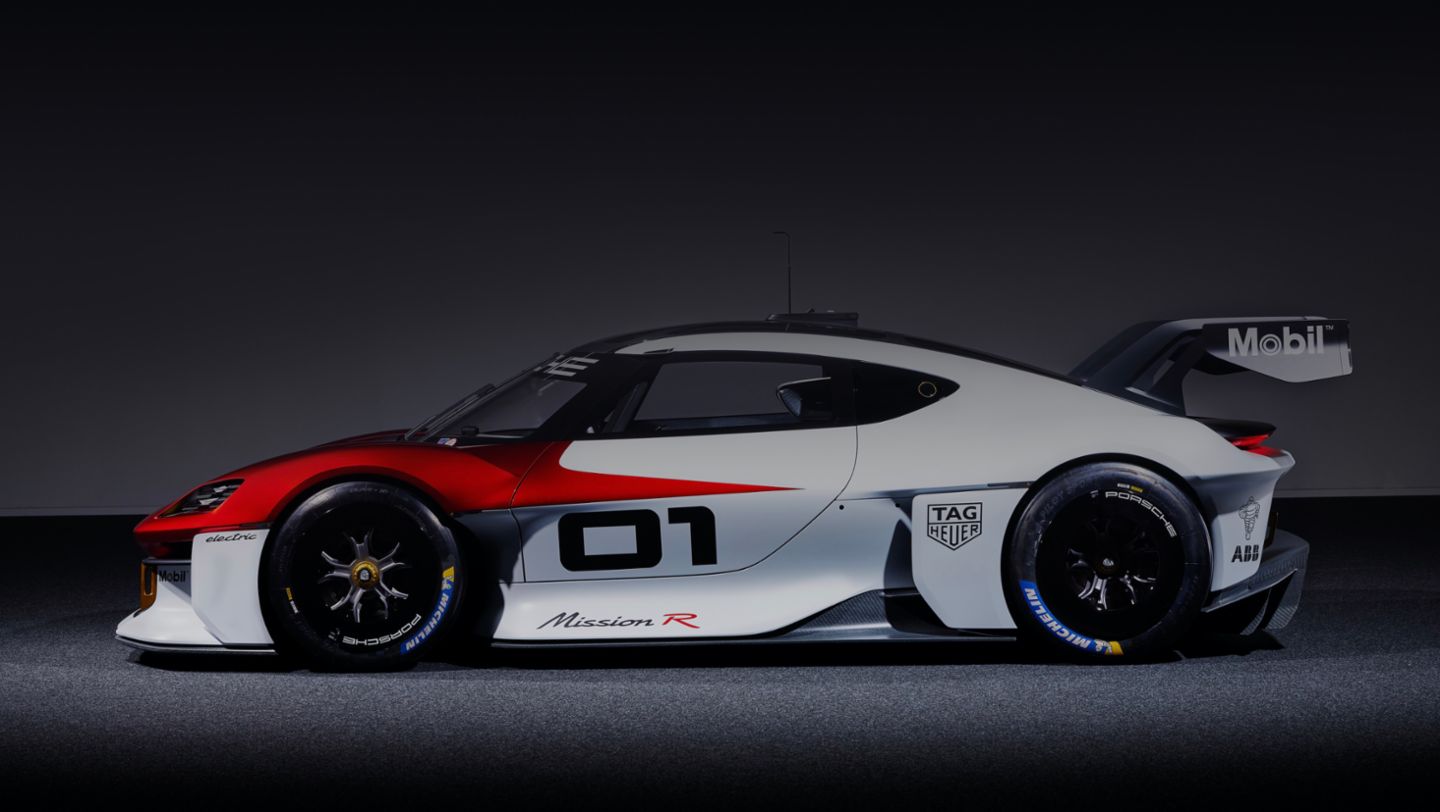
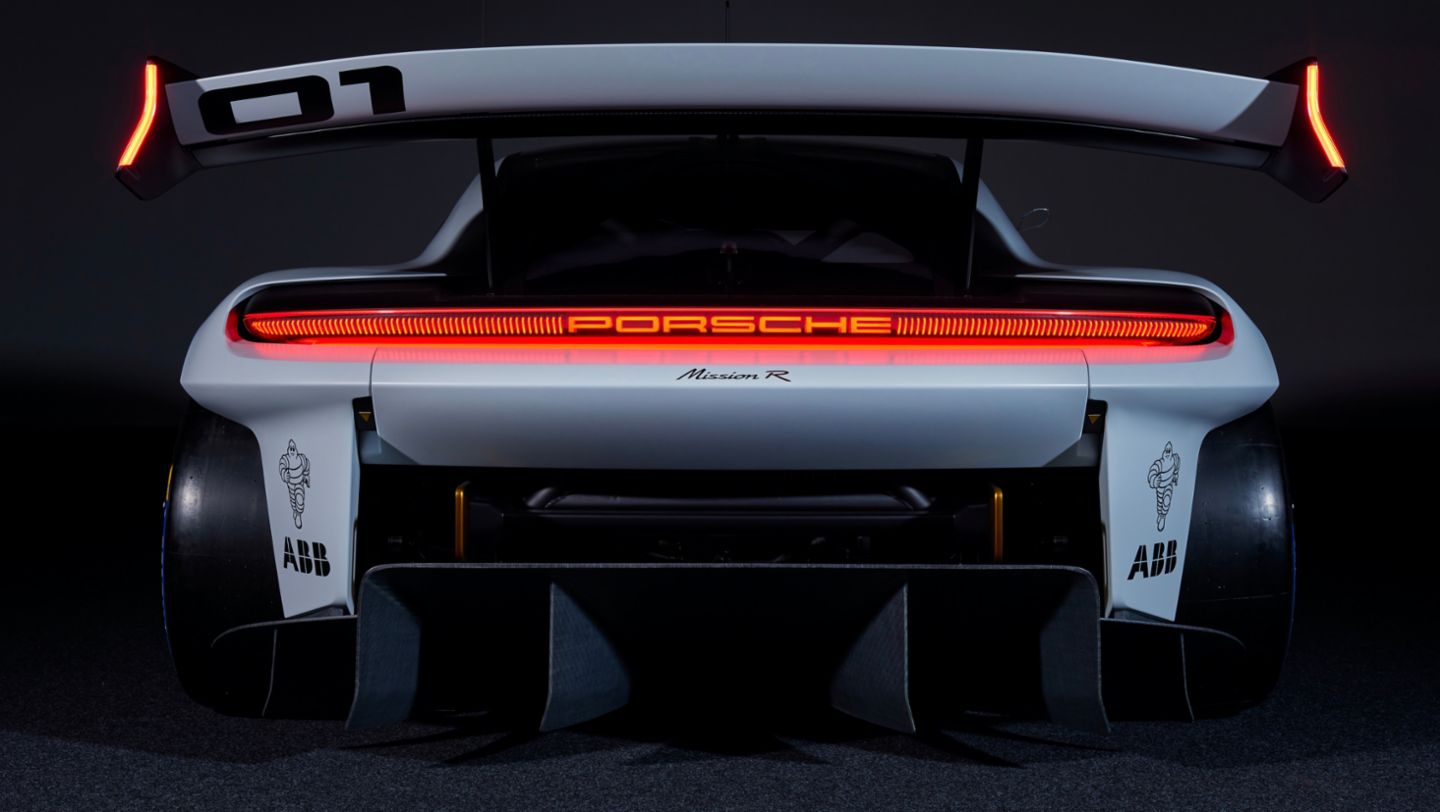
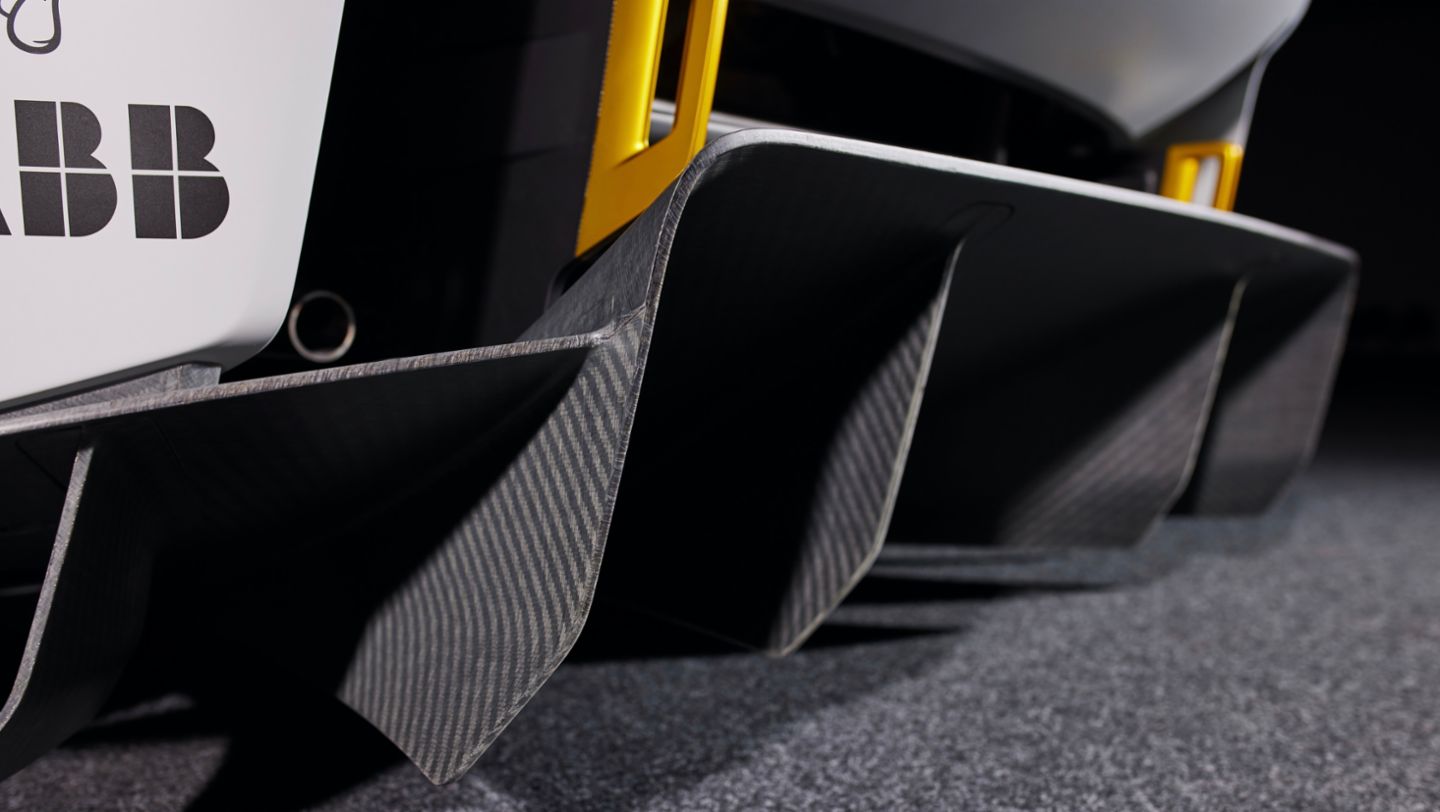

.jpeg/jcr:content/MicrosoftTeams-image%20(5).jpeg)
